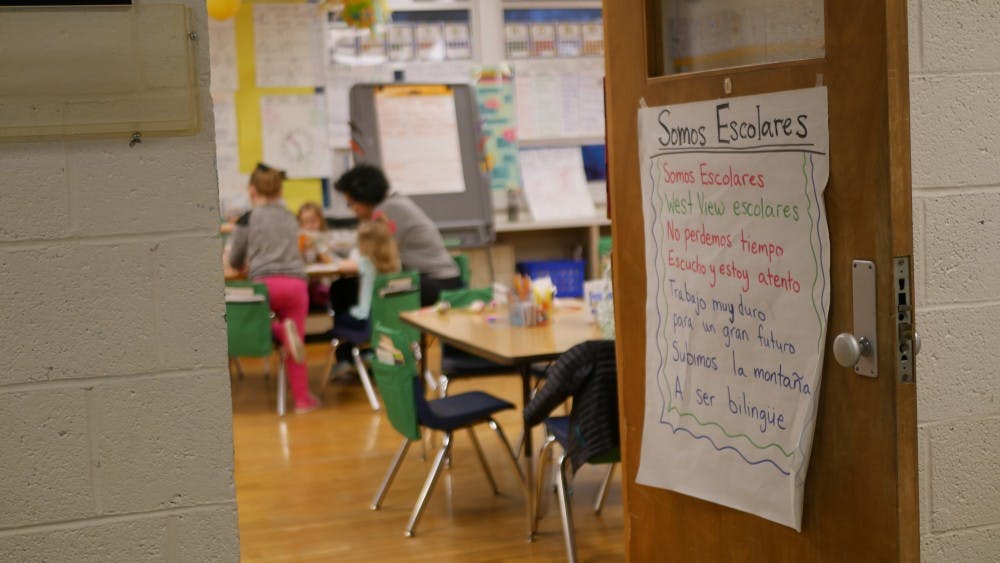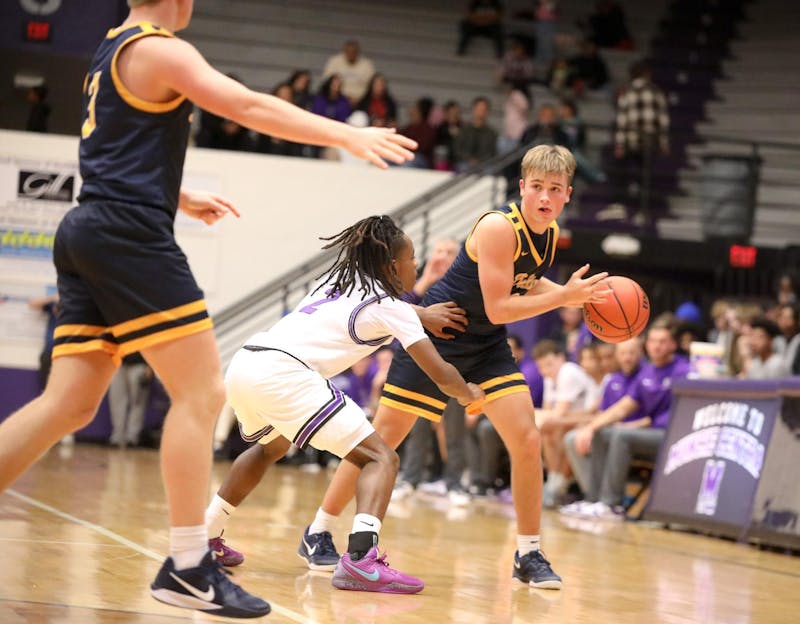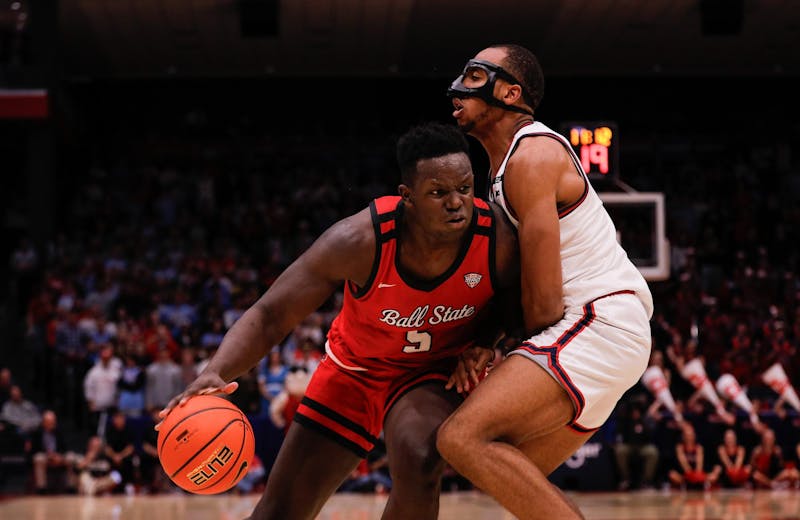Editor's Note: This story is part of The Partnership Project, a series of content written in an effort by The Daily News to follow the formal collaboration of Ball State University and Muncie Community Schools. Read more in this series here.
Bilingualism and biliteracy, ensuring high academic achievement, and sociocultural competence are the three pillars of Muncie Community Schools’ Dual Language Immersion Programming, according to the program’s website.
By being a part of the Dual Language program at West View Elementary School, students learn Spanish alongside English from as early as kindergarten.
Parents and family attended an informational meeting about the program on Feb. 28 about the three pillars along with other additional information about the program.
Students in the program spend 80 percent of the day of their instruction in Spanish and 20 percent in English to facilitate early Spanish language development. The program incorporates group activities, songs, chants, games and worksheets to assist students in the learning process, said Eric Ambler, principal of West View Elementary.
“It’s a fun language to learn,” said 6-year-old Ryder Hawkins, student at West View, about learning Spanish through the program.
The program, which started in the 2017-18 academic year, is currently offered to students in kindergarten and first grade, but will expand to second grade in the 2019-20 academic year.
The program was started after the school received two grants in the past two years from the Indiana Department of Education for dual language programs. These grants were used for professional development — to train teachers and get consultants for best practices, supplies, curriculum and other materials, Ambler said.
According to the Indiana Department of Education (DOE), West View was one of the schools that received a $50,000 grant for the program in the 2018-19 academic year.
“This program was created to offer some students in the Muncie Community Schools an opportunity to eventually become bilingual and biliterate,” Ambler said.
The Indiana DOE report, “Dual Language Immersion: A History and Review of Dual Language Programs in Indiana (1994 - 2017),” states students in these language immersion programs reach a “near-native level of proficiency in the target language” and “consistently perform at or above grade level on standardized assessments in math and English.”
The presentation shown to parents stated they do not need to know Spanish to help children with their homework because none of the homework is in Spanish. If necessary, however, they can seek help by checking the Facebook group for parents in the program.
“There are lots of places to get enrichment and learn extra things but there's really no where else where you can be immersed in a language and acquire a language as opposed to studying and memorizing,” said Kira Zick, a parent of a student participating in the program. “She is learning it just like she learned English.”
Students have the opportunity to both see and hear the bridging of the two languages through oral or in written form, Ambler said.
“Immersive learning in Spanish means that the teacher is not teaching vocabulary and conversational phrases in isolation with English translation, Ambler said. “Students are truly immersed in the Spanish language.”
Contact Ayah Eid with comments at azeid@bsu.edu or on Twitter @AyahEid2.





The Daily News welcomes thoughtful discussion on all of our stories, but please keep comments civil and on-topic. Read our full guidelines here.